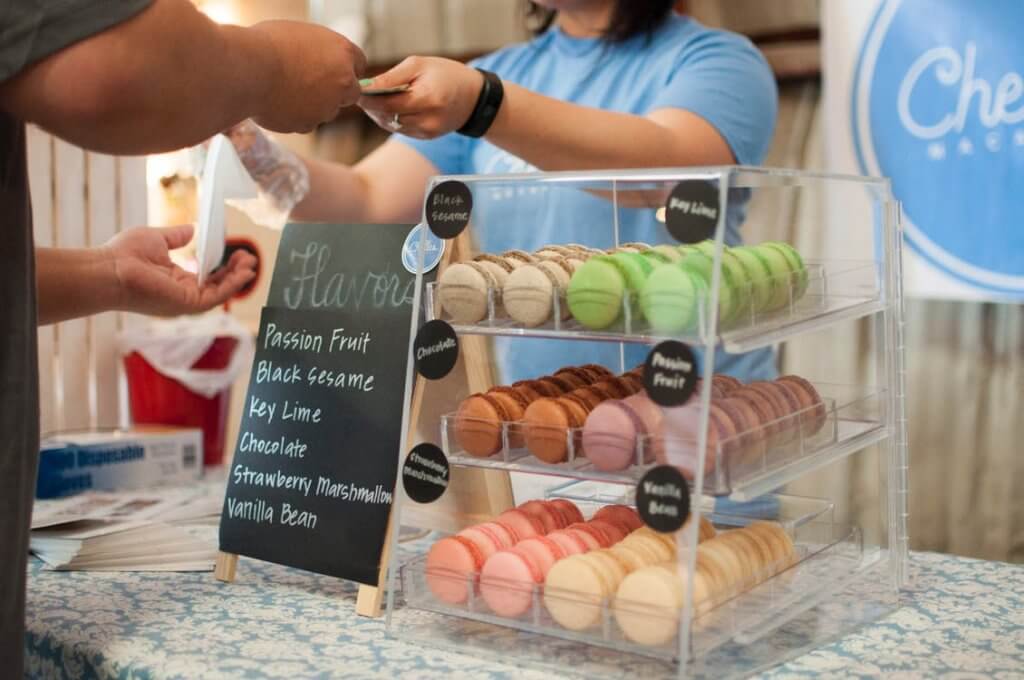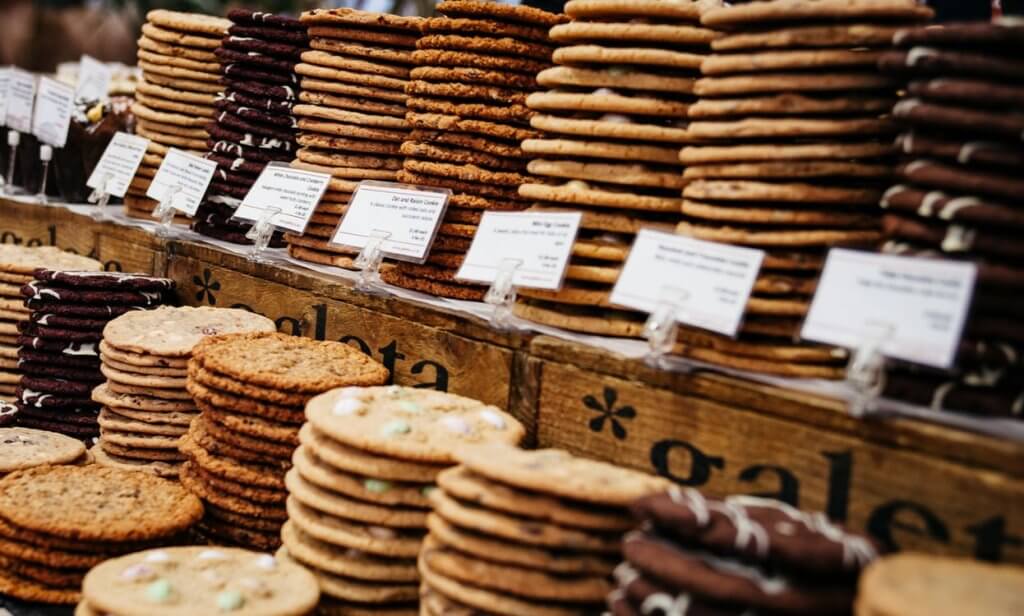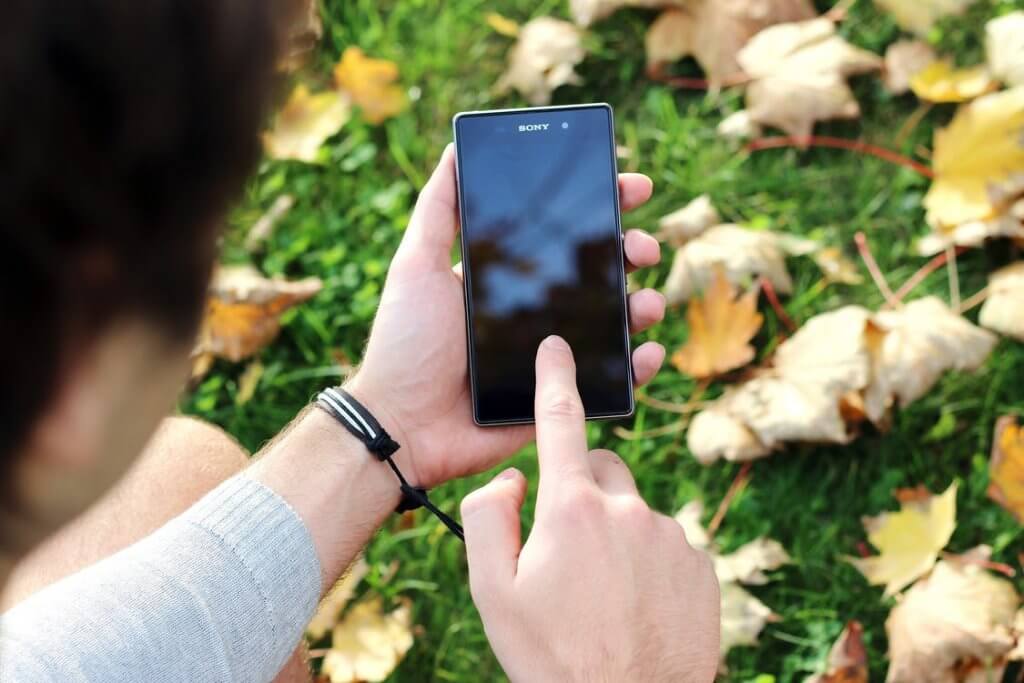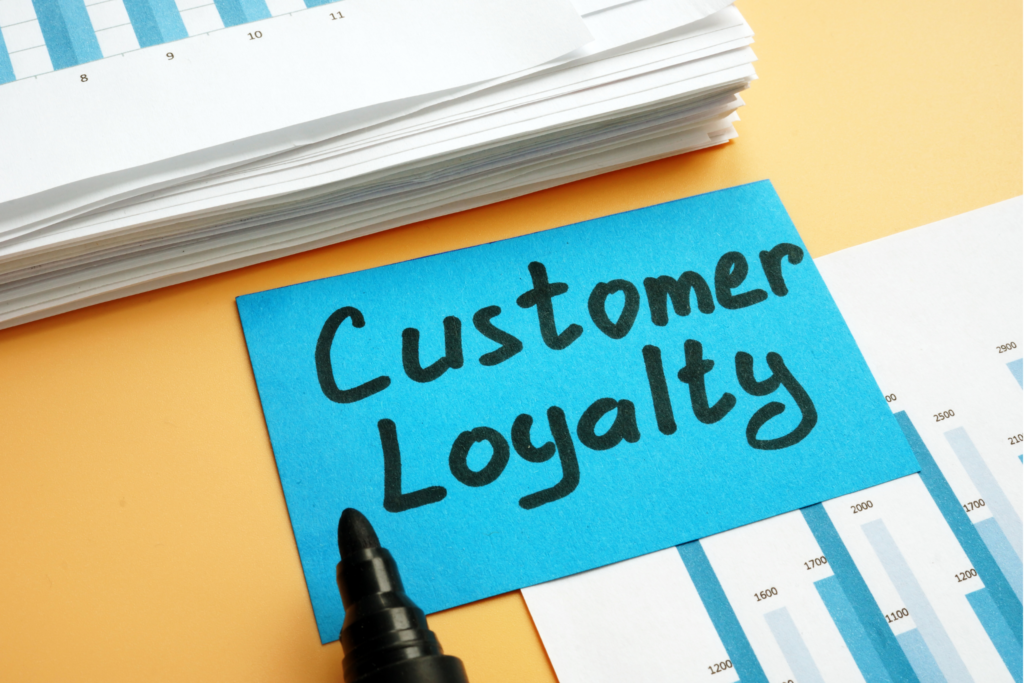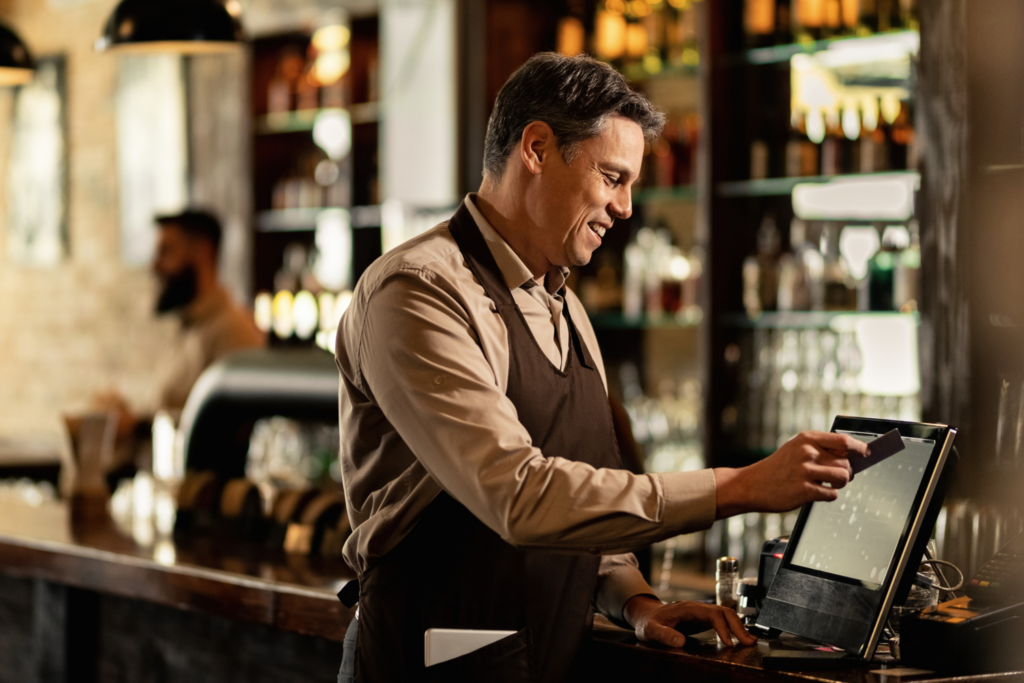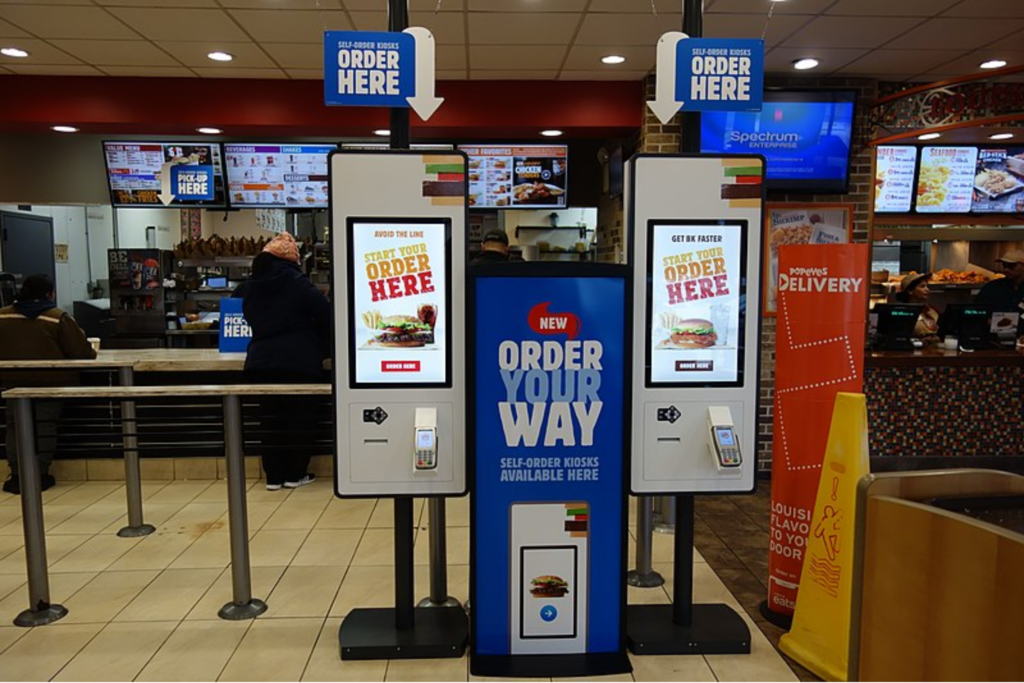A loyalty rewards program is provided by your business to customers who make multiple purchases from you, visit your place of business quite often, and even recommend your products/services to others.
The rewards can range from free products, discounts, coupons, and even exclusive access to one of your newer products/services. Of course, deciding what rewards to offer is all up to you, and you can easily tailor them according to specific customer demands.
The main idea is to boost customer loyalty with all these efforts by enhancing the customer experience. If you’re not sure how to define customer loyalty, think of it as representing how willing your customers are to buy your products and use your services on a regular basis.
Also, you can think of customer loyalty in terms of clients willingly promoting your brand through word-of-mouth communication – whether it’s talking about it with their friends and family, or just posting about it online. Those are basically marketing tools you don’t have to actually pay for.
Table of Contents
ToggleJust How Important Is a Loyalty Rewards Program?
Well, let’s consider this from the consumer’s perspective. As it stands, around 81% of modern consumers say that they are more likely to continue doing business with a brand if it has a loyalty program.
Furthermore, 86% of people who like engaging with a brand’s rewards program actually end up spending more money. Not to mention that 63% of Gen Z consumers and 71% of Millennials are already part of a loyalty program.
And when you consider that acquiring a new customer can cost you 5 times more than retaining one, and that returning customers spend 67% more than new clients, it’s pretty obvious that your business should definitely set up a loyalty program.
Best of all – running a rewards program will also keep you out of the price war. Since this type of program can enhance your customers’ experience, they will be less likely to purchase from your competitors if their prices are lower.
As a result, you no longer have to worry about being in an endless price war where you constantly need to cut prices to stay afloat on the market.
How a Loyalty Program Works
There are many ways in which one can describe how a loyalty program works. However, in our experience, we found that it mainly boils down to 4 essential phases:
1. The Planning Phase
First things first – the financial part. While a loyalty program isn’t necessarily a financial burden, you need to make sure your business won’t take a serious hit. If your finances are in order, there’s not much to worry about since this type of program will end up paying for itself.
Afterwards, you need to decide exactly what rewards you should offer your clients. Like we said in the beginning, usually it’s enough to offer discounts, coupons, and redeemable products. You can also throw in a free product upgrade (like offering them a large coffee instead of a medium one), a BOGO offer (buy one, get one free), and also give loyalty members access to special or unique rewards when they reach the highest program tier.
At the same time, this is when you have to decide what type of loyalty system you will be using; Essentially, you have the following options:
- A Cashback-Based System – The idea is that for every dollar a customer spends at your place of business, a certain percentage (3-5%, for example) is redirected to their loyalty account.
- A Points-Based System – Basically, for every dollar a client spends at your place of business, they get a certain amount of points (generally, 2 points is the standard). Once they accumulate a certain number of points (100 or 200, for instance), they can redeem a reward. Once they reach a certain threshold (300 or 500 points), they can also advance to a new program tier which gives them access to special rewards.
- A Visits-Based System – Every time a customer comes to your shop/restaurant/QSR, they get a certain amount of loyalty points no matter how much money they spend. Once they visit a specific number of times (5 or so), they get a reward.
- A Products-Based System – This system usually revolves around the BOGO model, but is not always limited to that. The idea is that when a loyalty member buys a certain number of products or a product a certain number of times, they get a reward.
During this phase, most people in your situation try to see if they can integrate their program with their POS system to make implementing it easier as well.
Lastly, this is when we also recommend looking into associating a mobile app with your loyalty program. There are too many mobile phone users nowadays to ignore this aspect, so looking into designing or having an app developed for you is a good idea during this phase. There’s also another way to do this, which will will discuss later.
2. The Implementation Phase
Now is when you basically put everything you thought of during the planning phase into practice, and make sure that everything is working as it should.
An important aspect that you should never overlook is staff training. It’s paramount you ensure all your employees are accustomed to how the loyalty program works, and that they’re always ready to promote it and explain its features to your customers.
3. The Marketing Phase
During this phase, you actively promote your new loyalty program to make more and more people aware of it. A good idea is to have in-store brochures at each place of business so that both regular and new customers quickly find out about your rewards program.
Of course, having your staff mention the program when customers pay for their products or pay their bill is another smart move. So is having a short section in your menu that promotes the program.
You can also use marketing tools like social media pages, landing pages, digital signage, display and PPC ads, and website pages/pop-ups to make your program popular.
4. The Analysis Phase
The last phase is when you closely analyze all the data that’s related to your loyalty program:
- How many customers you converted into loyal clients
- What your ROI is
- Which rewards are the most popular
- How satisfied program members are
- Which people you need to focus your marketing efforts on more
In case any changes have to be made, this is when you should handle them since you know exactly what they are and what you have to do.
Generally, this phase doesn’t really end, as you should always check the analytics. We recommend doing it at least at the end of each month or financial quarter.
The Key to Running a Truly Successful Loyalty Program
Implementing a loyalty program is a great way to take your business to the next level. Still, that doesn’t mean there isn’t some effort and risk involved as well. For example, as you’ve just seen, you will have to make sure the program is marketed the right way, targets the right people, and that it actually converts them into loyal customers.
Getting access to all that info can be pretty difficult, and can take up a lot of your time – if you’re doing it the old-fashioned way, that is.
If you’re using a high-end loyalty platform, on the other hand, you won’t just get convenient access to all that data, but you’ll also be able to better engage with your customers to ensure the program is 100% successful.
You won’t even have to look hard to find the right platform since Spoonity has got you covered. Our turnkey solution will provide you with all the marketing tools you need to implement, promote, and run an excellent loyalty program.
You’ll get to decide when you want to run and stop your campaigns and promotions, who they should target, and you’ll be able to easily communicate with your customers through in-app notifications, text messages, and push notifications.
What’s more, our platform will also help you better engage with your client base by providing you with relevant customer insights.
And when we say customer insights, we’re referring to finding out which ones of your products your clients like the most, which day of the week they prefer to shop around, and what demographic they belong to (among other valuable details).
Plus, consider this: Spoonity also provides you with a fully white-labeled loyalty app too. We’ve already mentioned that having a mobile app for your program is important, and now you won’t have to waste any time and money on developing one at all.
Lastly, we should also mention that our platform can be integrated with any POS system, and that we will be adding a referral feature soon, which will let you enhance your loyalty rewards program to ensure the ROI will be more than worth it.

